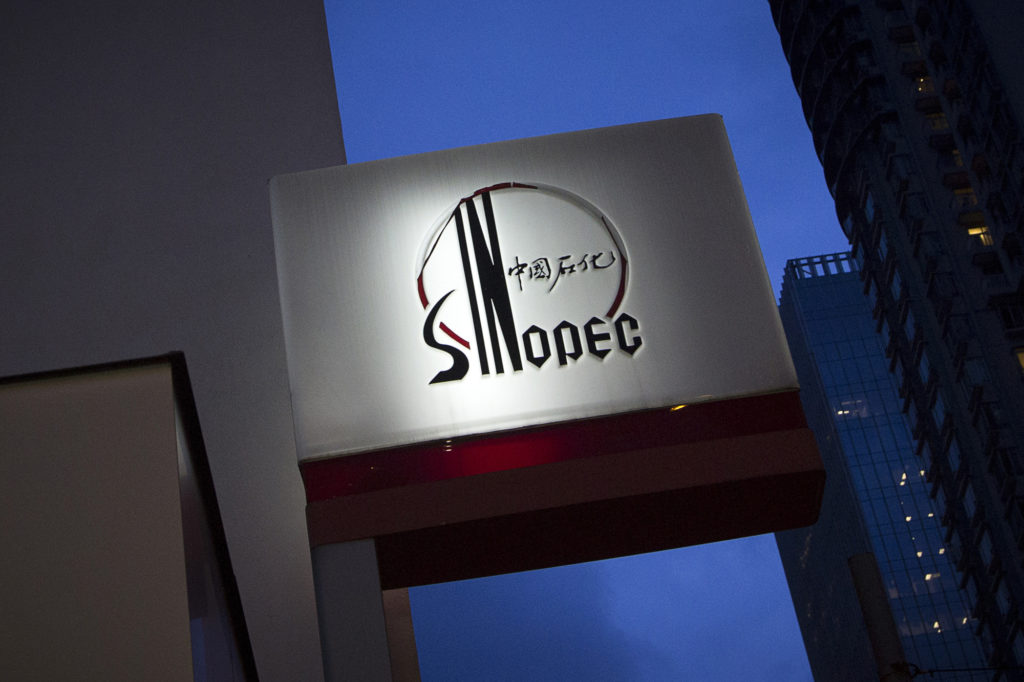
China’s Sinopec has started building the country’s first large-scale carbon capture utilisation and storage (CCUS) project as part of its target to be carbon-neutral by 2050.
Sinopec said yesterday that the project at the Shengli oilfield in east China would be the first of its kind to have a storage capacity over 1 million tonnes.
It will capture carbon dioxide (CO2) emissions that result from hydrogen production at Sinopec’s Qilu refinery in the eastern Shandong province. The CO2 will then be injected into 73 oil wells at the nearby Shengli oilfield, where it will be used to boost oil production.
Sinopec estimated that 10.68 million tonnes of CO2 will be injected into the oilfield over the next 15 years and lift oil production by nearly 3 million tonnes.
The CCUS project is due to start operating at the end of this year.
“CCUS technologies provide the foundation for achieving carbon neutrality,” Sinopec said.
“It will play an exemplary role for the development of the industry and greatly promote the goal of the national carbon emissions peak before 2030 and achieve carbon neutrality by 2060, helping to manage global climate change and greenhouse gas emissions.”
Recommended for you

